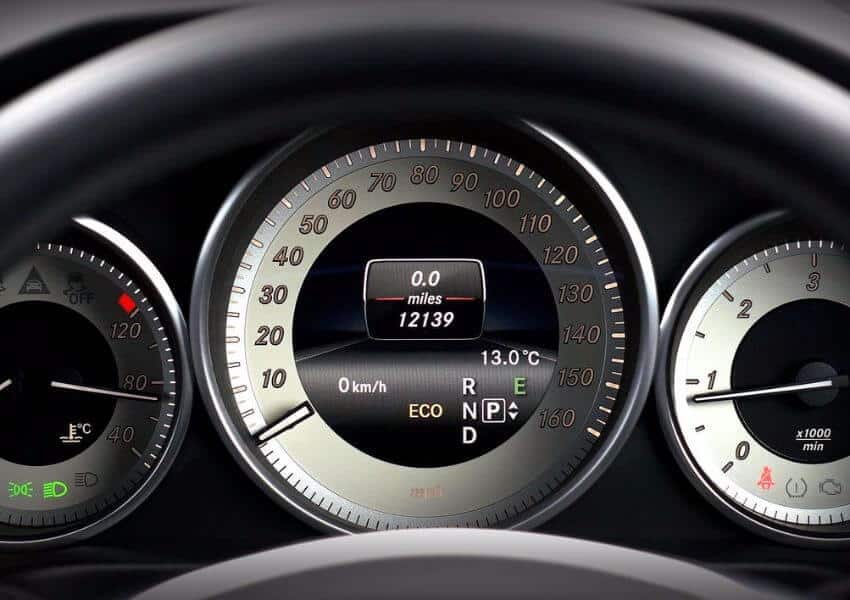Number of electric vehicles on roads reaches 2 million
Share
We look our best in subdued colors, sophisticated cuts, and a general air of sleek understatement. When I was young, I lived like an old woman, and when I got old, I had to live like a young person.
Men have got more of a discerning eye. They appreciate cut and details, things that aren’t so obvious. They like things that have cachet and gentlemanliness. Elegance is not the prerogative of those who have just escaped from adolescence, but of those who have already taken possession of their future. My shows are about the complete woman who swallows it all. It’s a question of survival. We look our best in subdued colors, sophisticated cuts, and a general air sleek understatement. There is always an emotional element to anything that you make.
“I like the things around me to be beautiful & slightly dreamy, with a feeling of worldliness.”
Elliot Forson
A New Hope

Nova was the magplus that we all wanted to read in the Sixties because every issue brought something new and relevant to our lives: extraordinary fashion by Molly Parkin; innovative layouts and photographs by Harri Peccinotti; articles about the Pill and our new sexual freedom and a different take on beauty, fashion and celebrity – for one incredibly complicated story, we revamped the Queen. Our editor, Dennis Hackett, always thought outside the box always thought outside the – he once wanted to print the magplus back-to-front because he noticed women always started reading it at the end, but the bosses wouldn’t let him.
Nova was the magplus that we all wanted to read in the Sixties because every issue brought something new and relevant to our lives: extraordinary fashion by Molly Parkin; innovative
The Grand Tour
You can embed your/others youtube videos that go along with the blog post. MagPlus supports this.
Something In-between
As you can see, you can embed showcase you post images in a gallery. This works like a charm in a lookbook or who wore what type post.
Journey’s End
As you can see, you can embed your/others Souncloud podcasts that go along with the blog post. MagPlus supports this.
You Might also Like



















